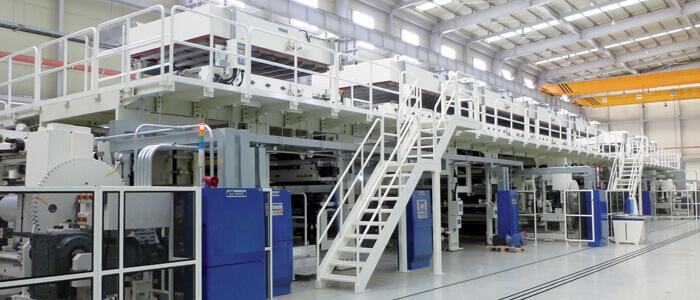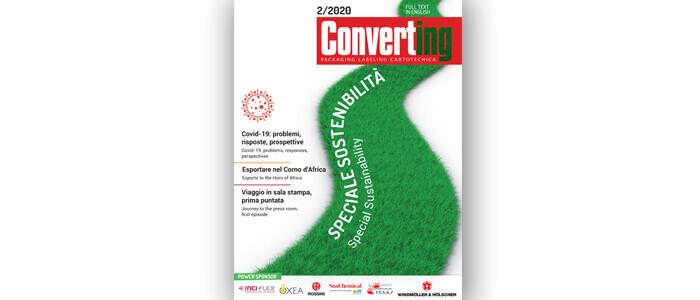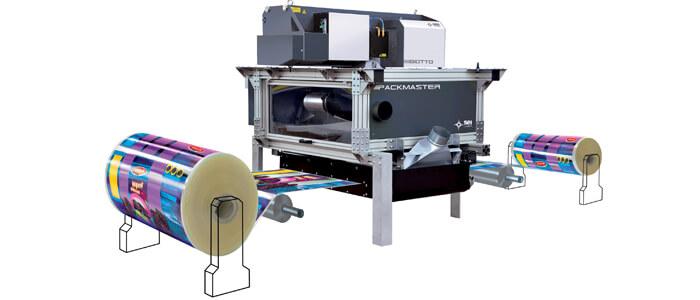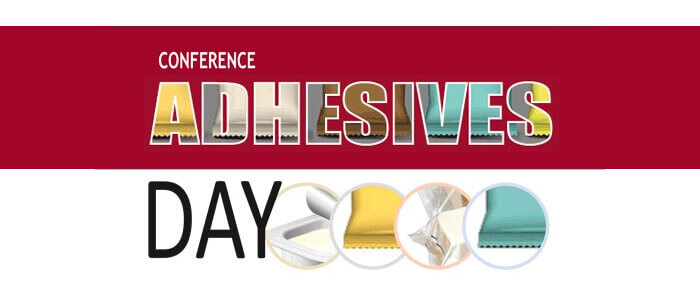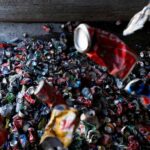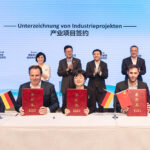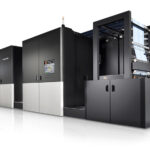SAM (Sung An Machinery Co. Ltd.) Is a leading light on the global stage of converting. Here is how the Korean multinational has managed to assert itself as supplier of state-of-the-art print process, coating, lamination and extrusion machines and systems. Starting from gravure of the sixties and aiming at technological excellence.
SAM, founded in 1960, started as a local company specialised in rotogravure printing presses and is today one of the most renowned global market players in the converting industry for coating, extrusion and printing machinery. The milestones in its path of growth bear witness to a coherent strategy focussed on achieving supremacy based on the state of the art. We spoke to Sergio Deambrogio, General Manager SAM Europe Srl.
What was the element that had you make the first leap forward along the road to the global development of SAM?
With the consolidation of the gravure machine business, a new thrust towards growth was given in the 2000s, with the bolstering of packaging technology and the earmarking of sizeable investments for developing spreading, lamination and extrusion lines. And here too the company placed the onus on technological progress.
Can you mention a significant example?
We equipped the HiEx co-extruders with IR- Heaters which enabled the reduction of heat-up times as well as power consumption by up to 40%, also with important effects on safety thanks to the sizeable reduction in the surface heating load. In turn the extrusion lines were “upgraded” when we equipped them with torque motors that directly command the extruder screws. Eliminating the gear boxes, we eliminated interferences and vibrations and increased efficiency by around 25%, especially when operating at a low load. Adding further benefits we had the extrusion dies control the profile automatically and operate with motorized internal deckles, which helps save resin, especially with on-line web width changes, as well as reduces the purge and changeover times. We also added innovatory resin combination systems, enabling the co-extrusion of as many as 11 layers.
Another important development was in the drying that is a notoriously “sensitive” issue in printing and converting…
The introduction in 2015 of the combined hybrid air floatation and roller supported dryer was a groundbreaking event in the converting industry. The advantages of the various “traditional” drying systems were united in one hybrid drying system, enabling converter demands in regards to the versatility of the substrate to be treated to be fully met: For instance thin, tension sensitive polymer films, like 6 μm PET could be run in the roller supported mode. Any web shrinkage is also minimized, also eliminating the baggy edges which might touch the nozzles in an air floatation oven. On top of that the dryer can be converted to the air floatation mode by means of a vertical motorized frame, also enabling the customer to run substrates with double sided coatings. However, less tension sensitive films or aluminium substrates which need high temperature differences from zone to zone, including a controlled cooling down of the material towards the end of the dryer, can also be easily processed.
How is the group’s R&D structure organized?
SAM is currently running five laboratory and production scale machines at their R&D Centers: at the SPEL (Sungan Printed Electronics Lab) and the Solution Technology Center in Korea, as well as at the Extrusion Coating Technology Center, USA. These lines, along with the SAM technology and process experts, are at the heart of the customer service, but also contribute to developing components and new technological processes, ensuring a smooth transition from the laboratory to production scale, maintaining SAM among the top converting machinery suppliers.

